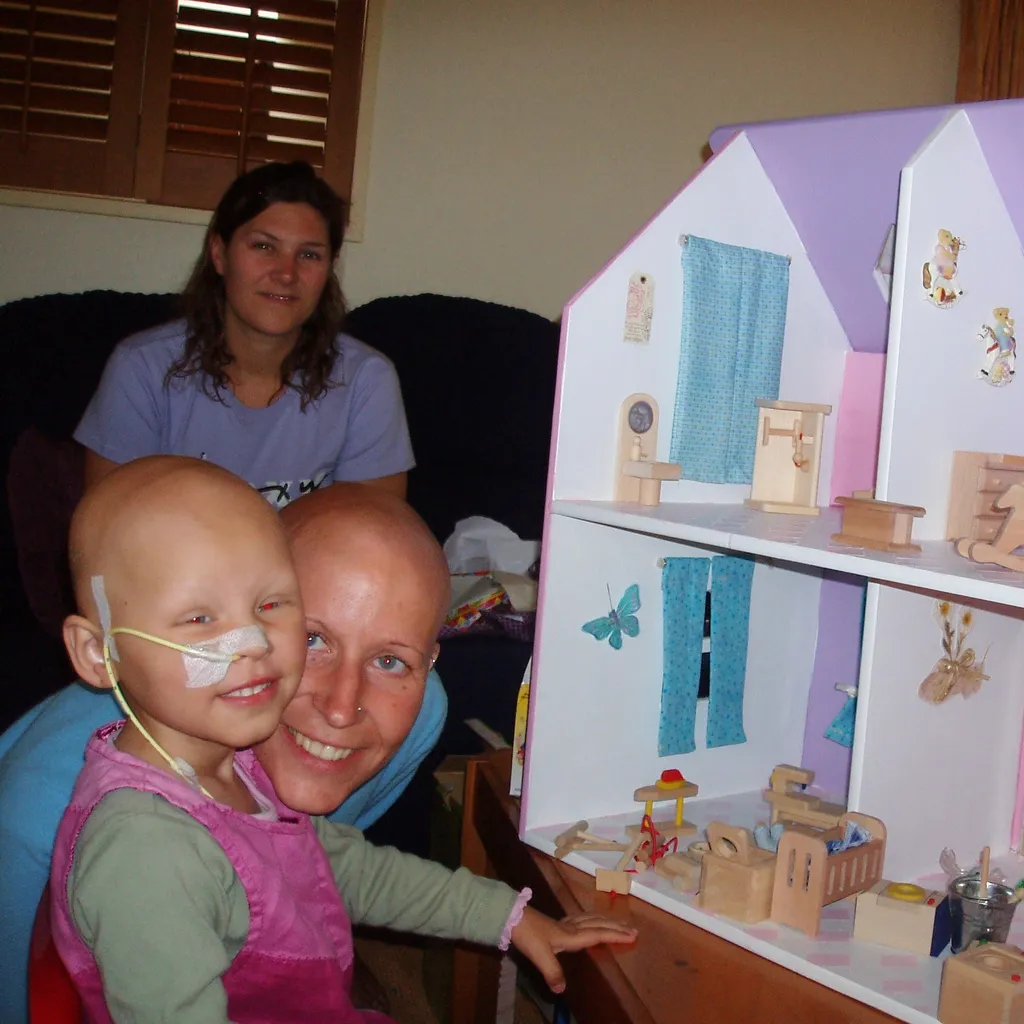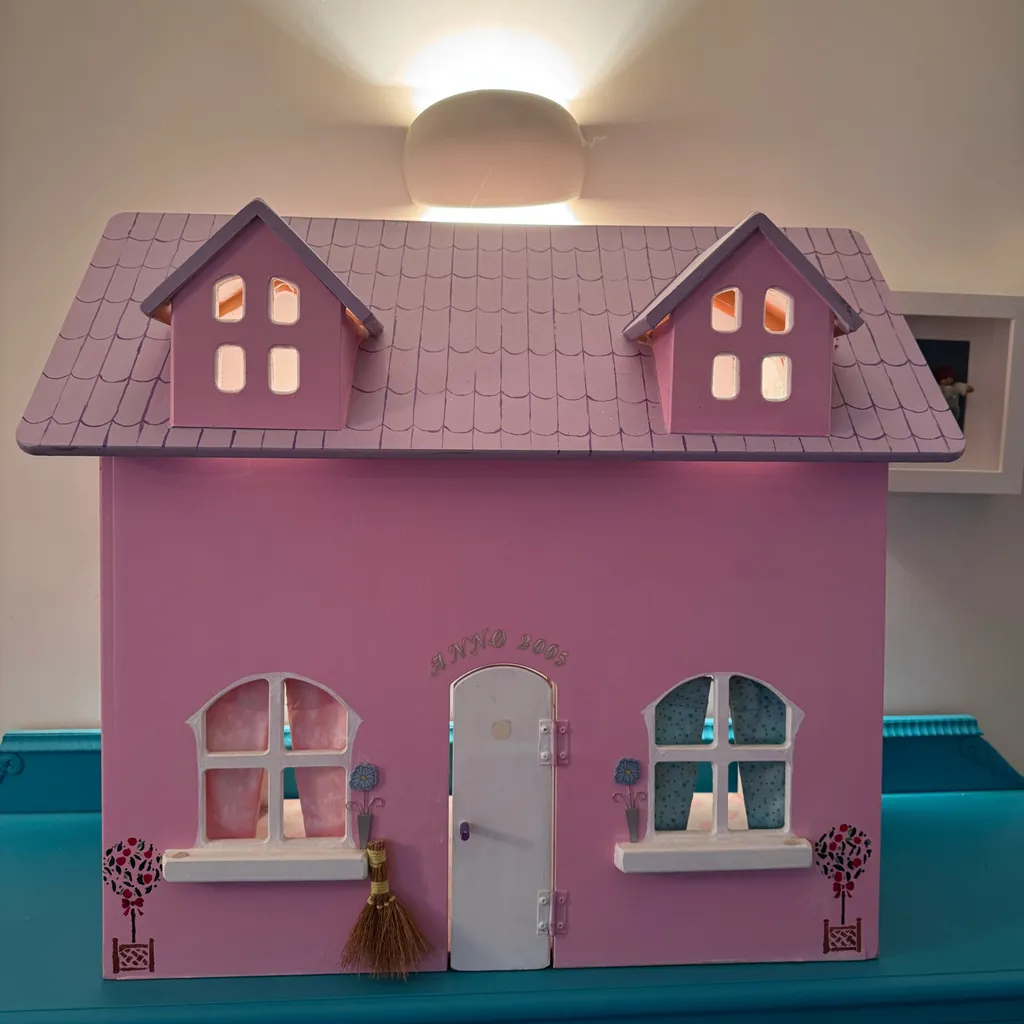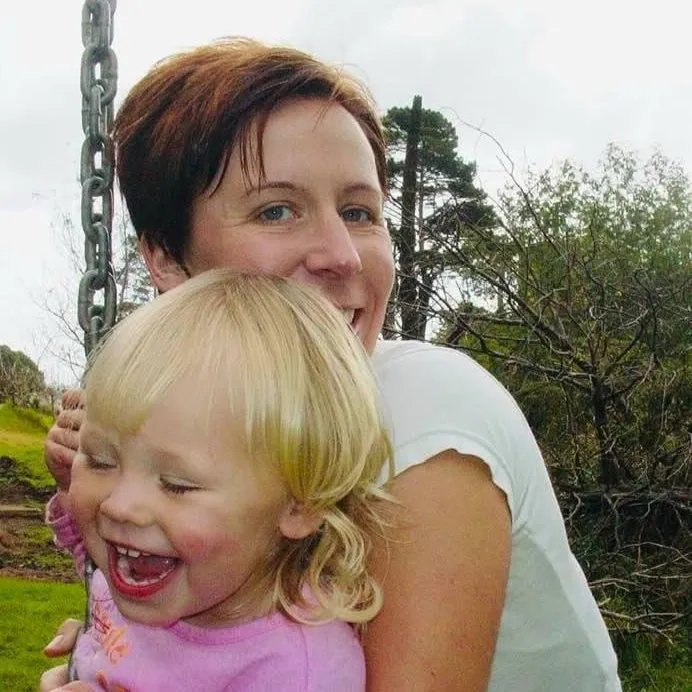

We made it for her third birthday in a year when hospitals and hope lived side by side. It sits on my cabinet now, a small, steady place to rest my hand.

Grief changes with time. In the beginning it felt acute—alarms always ringing, everything too bright or too loud. Later, it settled into something more like a chronic condition. I still carry it every day, but the edges are different. Most days it hums in the background; then, without warning, there are flare‑ups—an anniversary, a song, the way afternoon light lands on a familiar corner—and the ache is fresh again. Naming it this way has helped me live with it rather than wrestle it.
For me, that shift from acute to chronic grief feels like learning a new kind of self‑care. When it flares, I lower the noise: fewer commitments, more breath. I touch the dolls’ house, step outside, or swim in cold water. The feeling doesn’t vanish; it passes through, and I am still here to greet the day.
Sixteen years after Kenzie died, a house move made me open every box. I lifted old birthday cards that still smelled faintly of crayons. I found small shoes with scuffed toes and a jumper with one loose thread I’d always meant to fix. I asked, gently: what truly carries her story? One by one, I chose the pieces that still hold warmth when I touch them. The dolls’ house was never in question. Its tiny chair sits a little sideways, just how she left it. The door sticks. I still catch myself trying to straighten it.
Keeping one special piece wasn’t letting go; it was making room. I realised I don’t need all the things. I need the thing that lets me remember without living only in the past. When we spend all our time looking back, we can miss what’s right in front of us—people to love, work to do, ordinary days that deserve our full attention. The dolls’ house does not pin me to yesterday. It opens a small door to it, then lets me turn back to now.
Now includes celebration. I still have the capacity—and the desire—to cheer for Conor and his achievements. It includes the sharp joy of cold water on my skin when I swim, and the quiet below the surface when I’m scuba diving, where breath becomes measured and the world slows down. Grief hasn’t taken these things; it has taught me to notice them. Living well with grief is not choosing between past and present. It’s learning how both can belong.
I’m not here to tell anyone else how to do life. Grief is personal, and there’s no map that fits every hand. This is simply what I’ve learned: look inside yourself. Find the thing that holds your person’s story without holding you back. Maybe it’s a recipe card with a tea stain. Maybe it’s a song you play on the first warm evening of the year. Maybe it’s nothing you can touch, only a sentence you say before you sleep. Choose it on purpose, then give yourself permission to live well alongside it.
Today, mine is a dolls’ house with a stubborn little door and windows that still find the light. It reminds me that love remains, that memory can be gentle, and that there is room—always—for both.
If it’s kind to you today: what’s one small thing you’ve kept for someone you love, and what detail does it hold? You’re welcome to say their name. If sharing isn’t right for you just now, a 💜 is more than enough.
